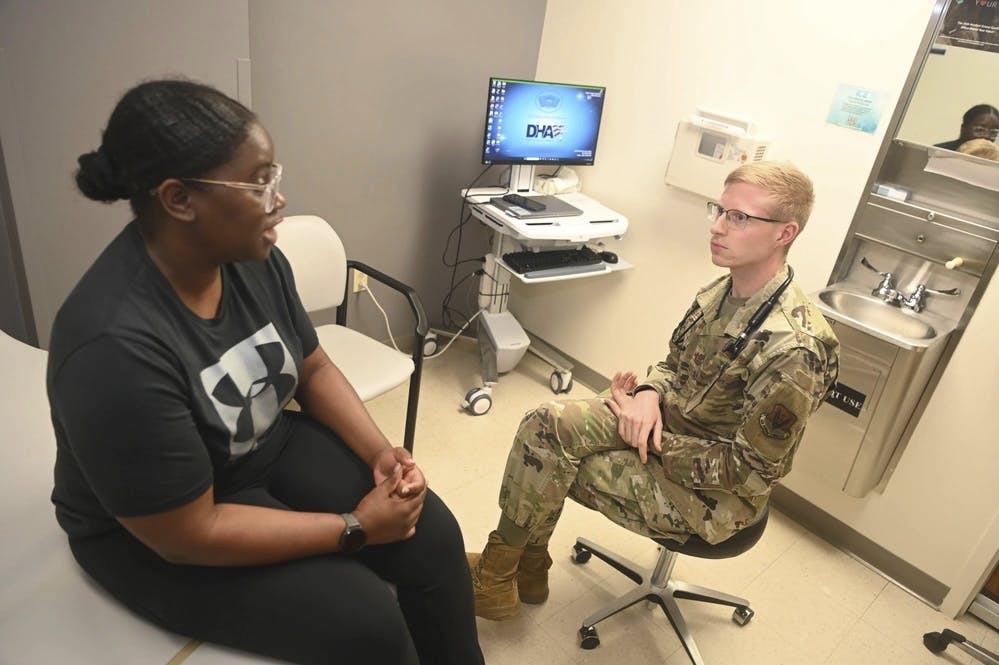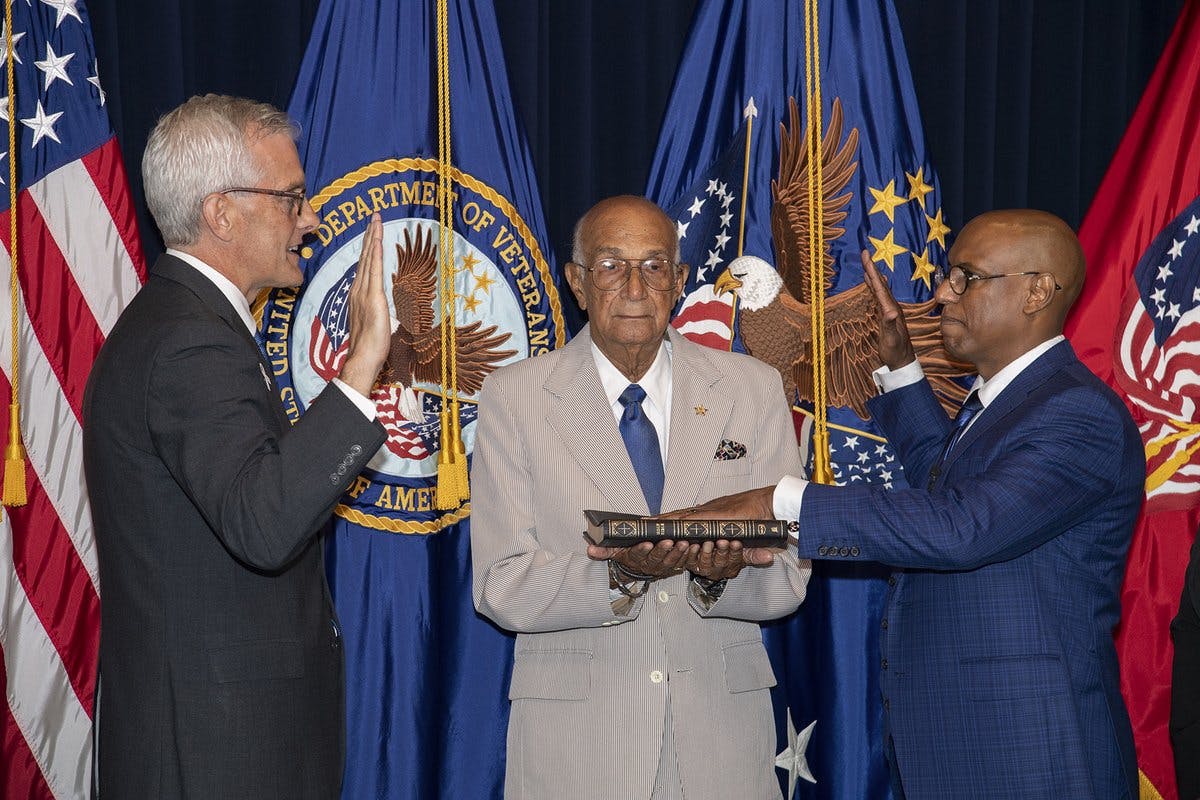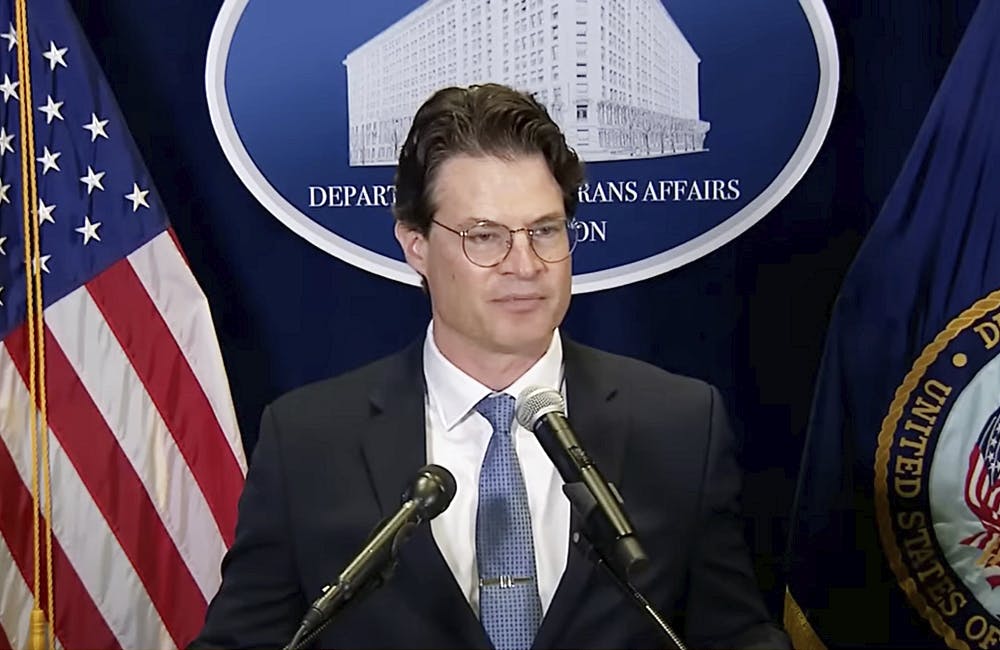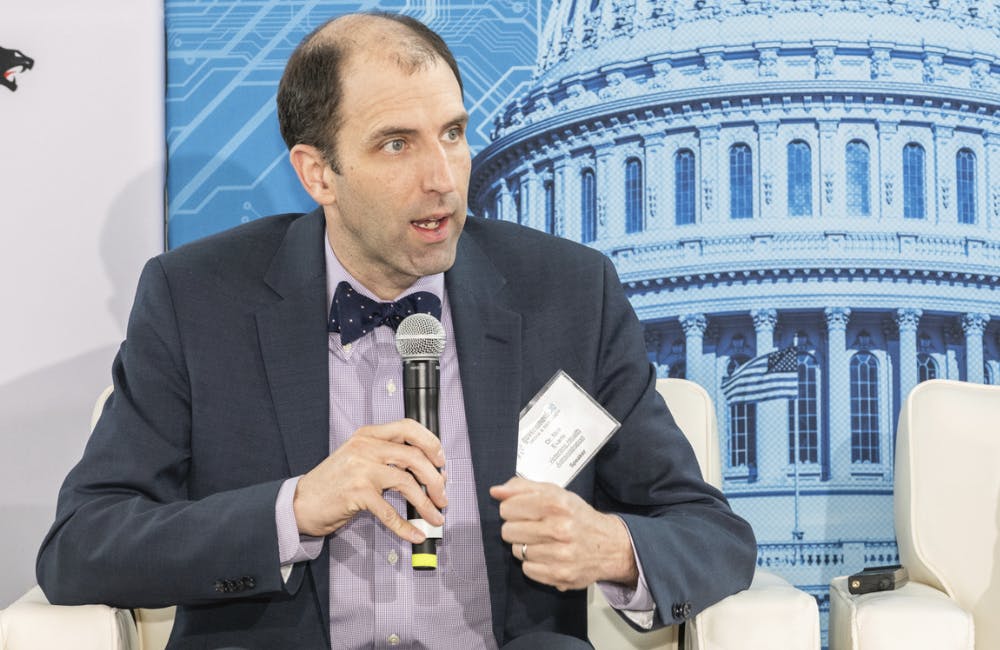Technology Modernization Fund Leaders Address Fund’s Progress, Future

The Technology Modernization Fund (TMF) has seen major improvements to agencies’ modernization and cybersecurity efforts as the program looks to tackle new challenges following a $1 billion boost in funding in March, TMF leaders explained during MeriTalk’s TMF Forward virtual event last month.
“The fund helps agencies kickstart vital IT modernization efforts that the annual appropriations process does not often fund. That’s why I’ve consistently advocated for more funding for the TMF, urging house and Senate leadership to make the needed investments in federal IT,” Rep. Gerry Connolly, chairman of the Subcommittee on Government Operations, said during the event.
In March 2021, the TMF received an additional $1 billion via the American Rescue Plan (ARP), and the additional funds gave agencies more opportunities to tackle more complex IT projects. To improve allocation, GSA and OMB launched a more flexible funding process in May 2021 that prioritizes investments in agency proposals that focus on modernizing high-priority systems, cybersecurity, public-facing digital services and cross-government services and infrastructure.
The TMF has seen significant Congressional approval over the course of the past year and a half during the pandemic. Connolly explained that COVID-19 only heightened the need for modernized and secure IT infrastructures to support growing IT demands and mitigate evolving cyber risks.
“By modernizing IT infrastructure, we can deliver services to the public that are intuitive, accessible and responsive to customer needs, and we can ensure the private data stays private and the taxpayer dollars are used wisely and effectively. It’s time we made real investments in IT modernization, transitioning systems off legacy code bases and moving to the cloud. These investments will pay enormous dividends in the long run, save taxpayer dollars and grow public trust in the government,” Connolly said.
With the Biden Administration’s Build Back Better bill, passed by the House, TMF could see another $250 million in funding. Connolly explained that the additional funds would enable agencies to modernize their systems and provide improved and more secure experiences for customers, moving from outdated and expensive IT legacy systems to scalable, more affordable cloud-based systems.
Connolly noted that TMF will continue to invest in cybersecurity projects to support agencies’ efforts to align with President Biden’s Executive Order on Improving the Nation’s Cybersecurity. Looking ahead, the TMF board will be verifying that submissions are aligned to an enterprise cybersecurity and IT modernization plan and that agencies are using basic and best practices for digital modernization, which are “essential to an investment success,” said Federal CIO Clare Martorana.
“To get there, we really need to operate as one team for America. My priority has and continues to be cybersecurity,” Martorana said. “This means every agency and department needs to be aligned to an enterprise cybersecurity and IT modernization plan. Secure technology is the base layer, the foundation, that underpins the government’s ability to deliver simple, seamless, secure experiences for our customers.”
TMF is also looking to break the cycle of IT funding silos to reduce risk, better identify operating systems and improve authentication. Martorana noted that it’s essential to connect systems, processes and policies to enable customers to move seamlessly within and across agencies.
“We need to leverage the government’s buying power. It’s pretty great. We have an opportunity to improve the customer experience and accessibility for our team and staff by leveraging this power, and it’ll also help us expedite digital transformation across government,” Martorana said.
The TMF Board, which manages the fund, will also accelerate equity and accessibility. The recent President’s Management Agenda (PMA) has emphasized an equitable, effective and accountable government. The draft PMA includes a section on delivering programs and services effectively, with a focus on reducing administrative burdens and improving customer service, as well as a section of questions about how the federal government can advance equity and support underserved communities.
“We’ll only be able to deliver an equitable and effective government if we hold ourselves accountable,” Martorana said.
For the next phases of TMF, the board will move toward “a sustained state,” where it will award the remaining ARP funding in fiscal year 2022. For the proposals currently in the pipeline, the demand exceeds the supply by over 2.5 times, Martorana said.
“It’s important to note that TMF is not here to be an annual appropriation. Our friends on the Hill take care of that. It’s here to serve as a catalyst to take something, to make an impact, to share playbooks and best practices that can be scaled across government. How I think about it is TMF is really an outcomes model where tech experts are involved every step of the way and help support the project throughout its life cycle,” Martorana said.
This is a carousel with manually rotating slides. Use Next and Previous buttons to navigate or jump to a slide with the slide dots
-

The Next AI Wave Requires Stronger Cyber Defenses, Data Management
IT officials warn of new vulnerabilities posed by AI as agencies continue to leverage the tech to boost operational efficiency.
5m read -

IRS Makes Direct File Code Public as Lawmakers Debate Program’s Fate
The agency sees the Direct File source code as beneficial to government digital services despite what happens with it in proposed budgets.
5m read -

FEHRM CTO Targets Two-Year Cloud Migration for Federal EHR
Lance Scott touts new EHR tech advancements, including cloud migration, expanded data exchange and AI integration to improve care delivery.
4m read -

Federal Agencies Tout Tech in President Trump’s First 100 Days
Defense modernization and health care restructuring landed among some of the key IT highlights within the president's first few months.
6m read -

AI Boosts Customer Experience at Federal Contact Centers
Federal contact center leaders at DOL and VA are exploring AI's potential to drive efficiency and boost customer experience.
3m read -

Feds Modernize Services to Improve User Experience
Tech leaders at CMS, USPTO and IRS are leveraging tech and bolstering security to drive new efficiencies and enhance user experience.
5m read -

Platform One Tackles Next Phase in Software Delivery
The software delivery engine sets its sights on DevSecOps infrastructure and preparing for a post-quantum future as it matures.
7m read -

VA Secretary Doug Collins Promises Veteran-Centered Reform
The new VA Secretary Doug Collins targets user experience, veteran choice and modernization to advance bipartisan efforts like the PACT Act.
4m read -

VA Secretary Praises World-Class Presidential Transition Efforts
Secretary Denis McDonough said his team has provided tools for the Trump administration to tackle community care and EHR modernization.
4m read -

Mission Daybreak Tech Aims to Reduce Veteran Suicides
The VA’s Mission Daybreak grant program has developed innovative technologies to help VA providers reduce veteran suicides.
4m read -

VA Focuses on Continuous Improvement for 2026 EHR Rollout
VA plans to resume rollout of its EHR in FY 25, focusing recent feedback to drive continuous improvement amid the presidential transition.
4m read -

VHA Highlights Emerging Tech Impacts Over 2024
VHA's 2024 Innovation Report highlights the innovations enabling the agency to keep pace with the surge of claims and benefits delivery.
4m read
















